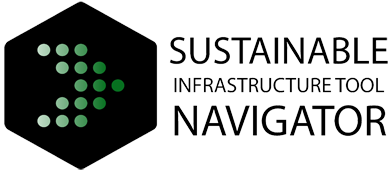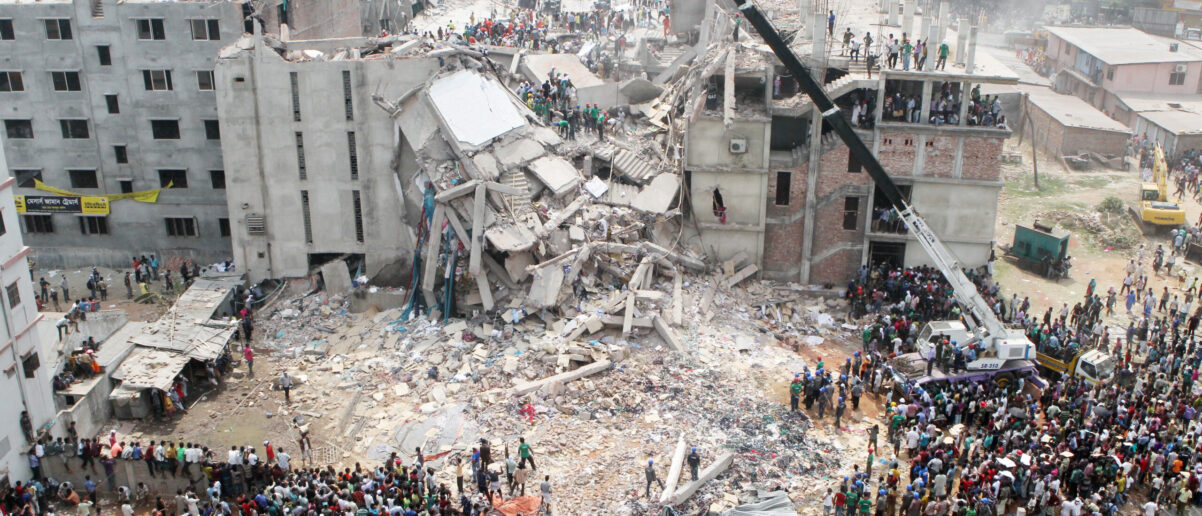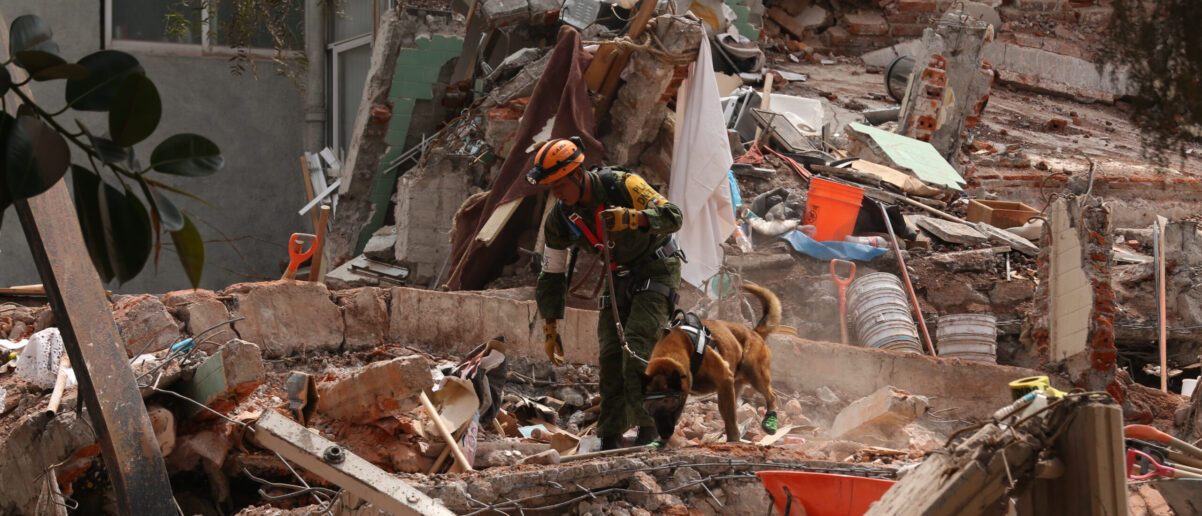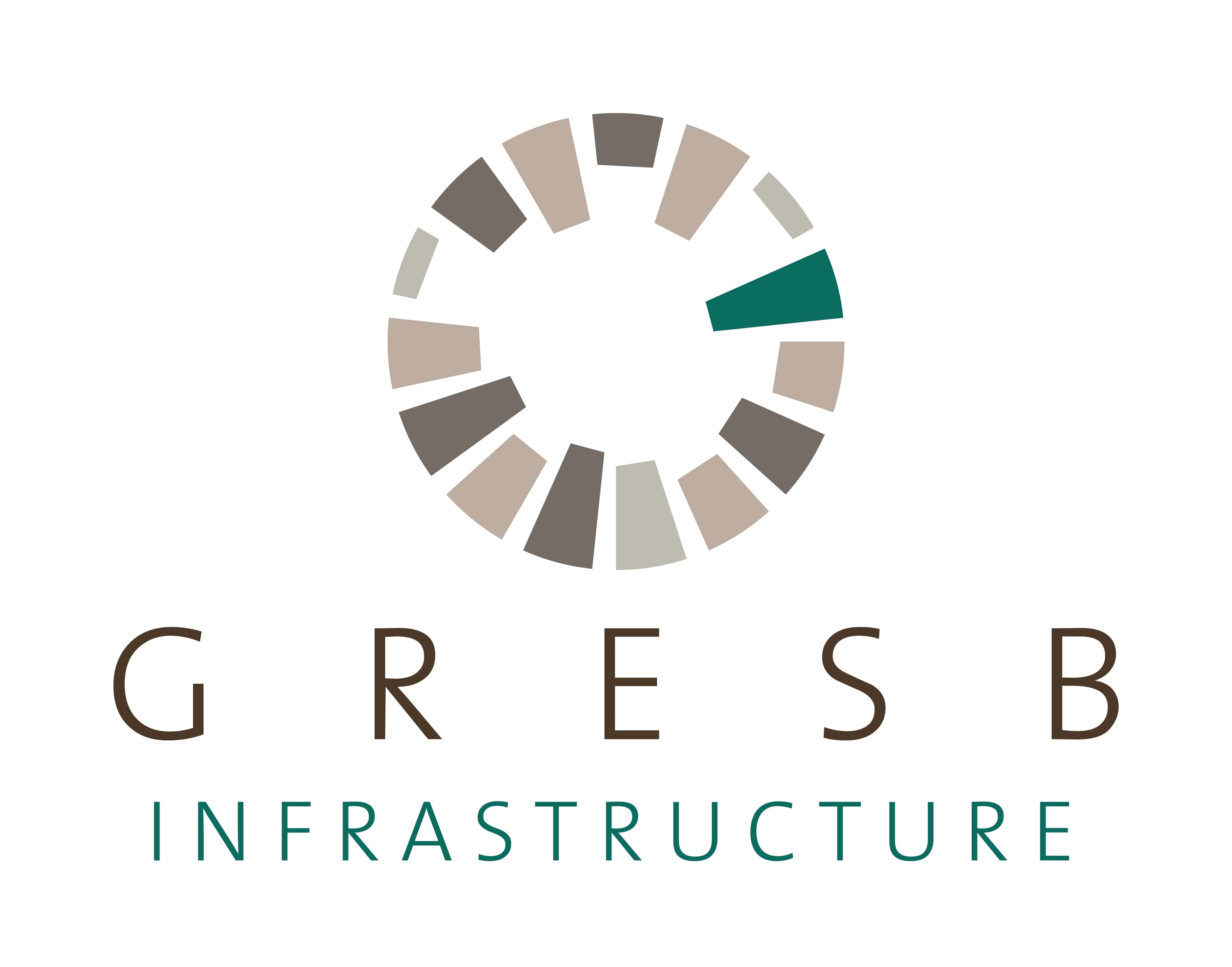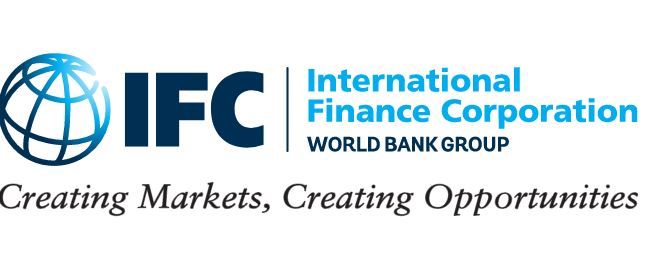The infrastructure sector is among the top three most corrupt sectors alongside arms and energy. From planning to budgeting, financing, bidding and constructing – all stages of the infrastructure project cycle are prone to corrupt practices by public officials and private contractors with costly and dangerous consequences for users.

